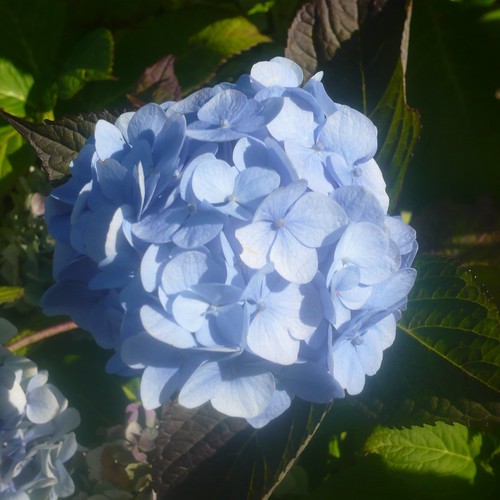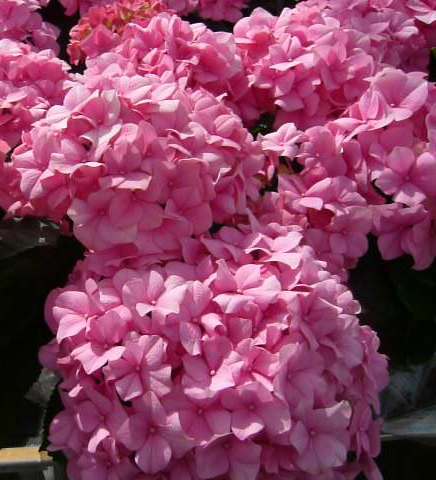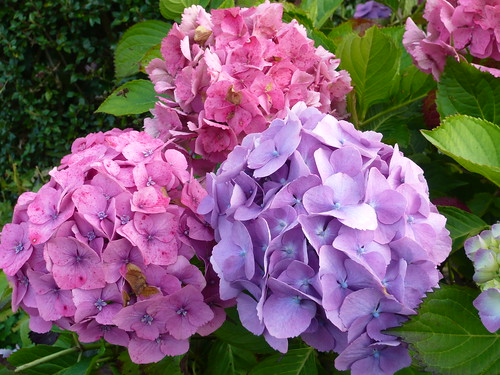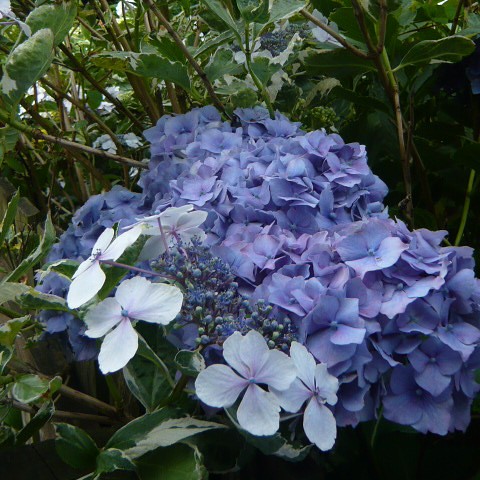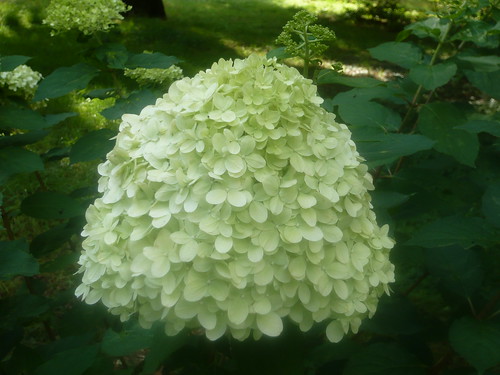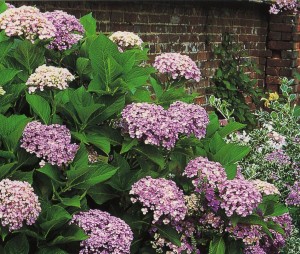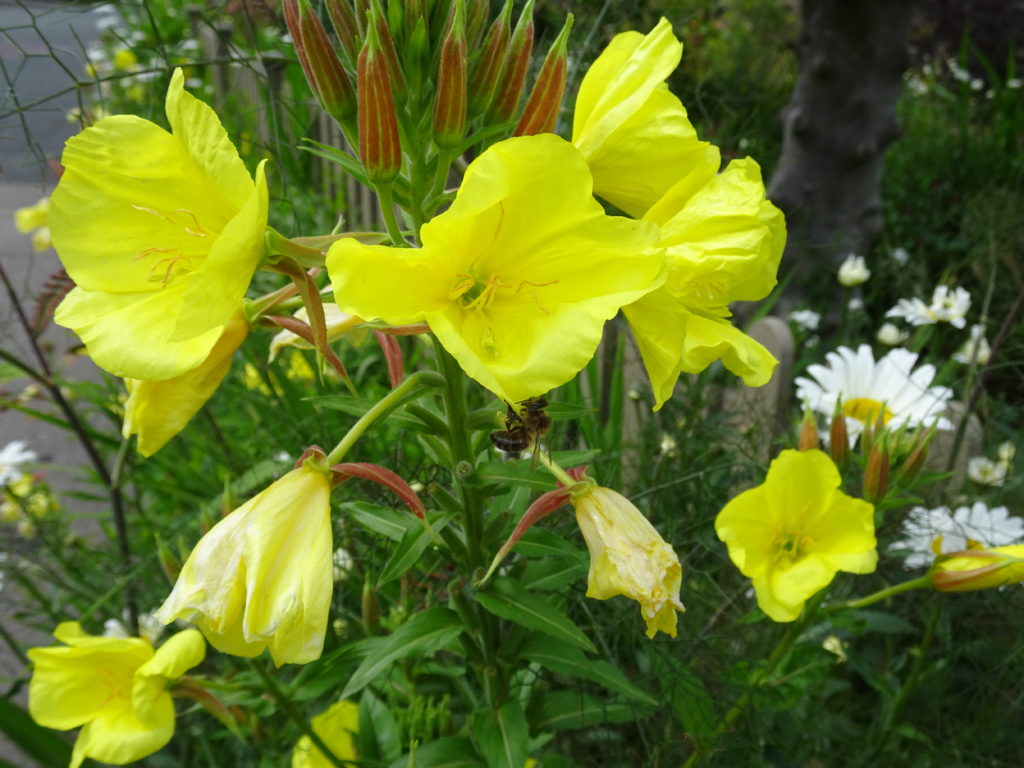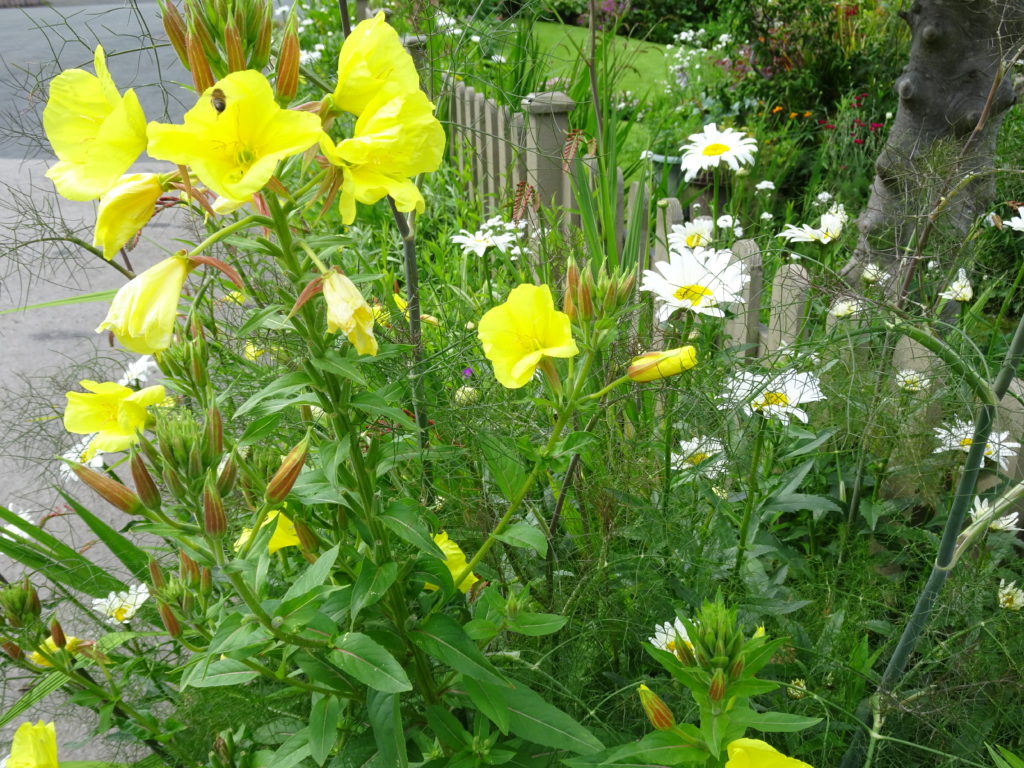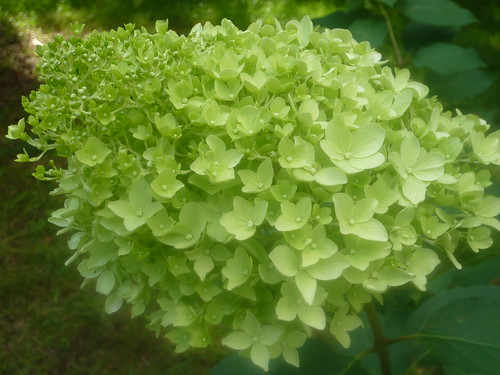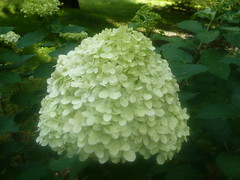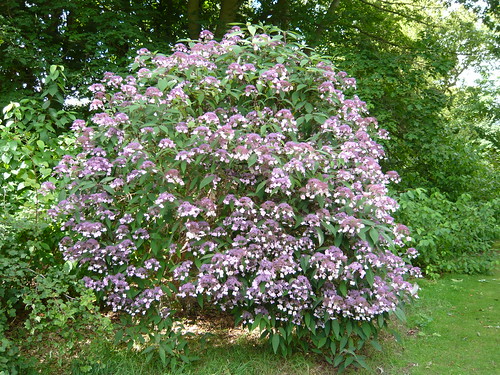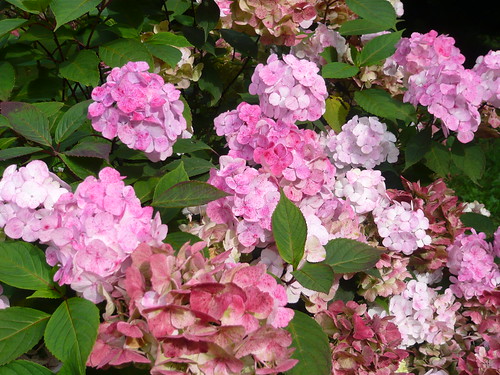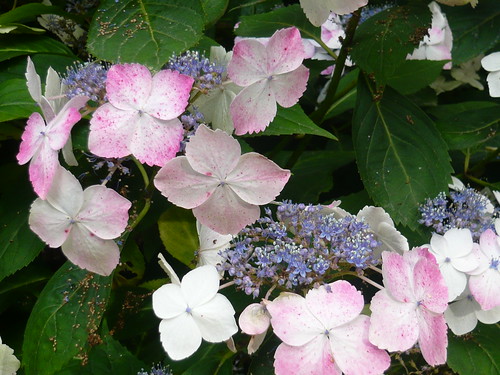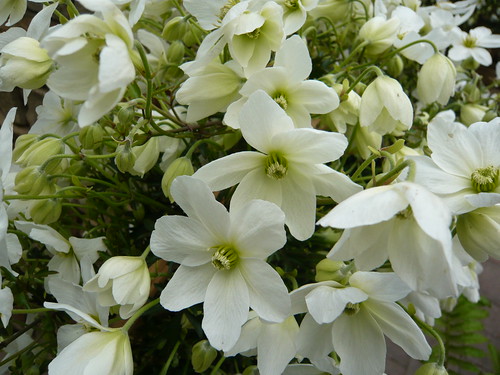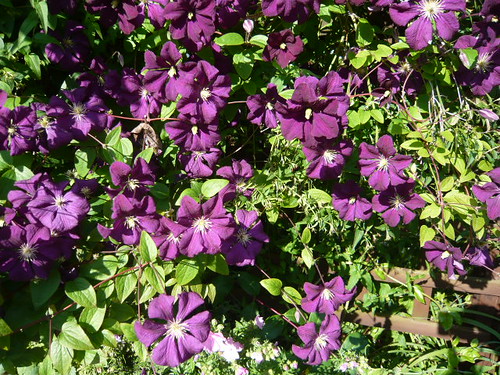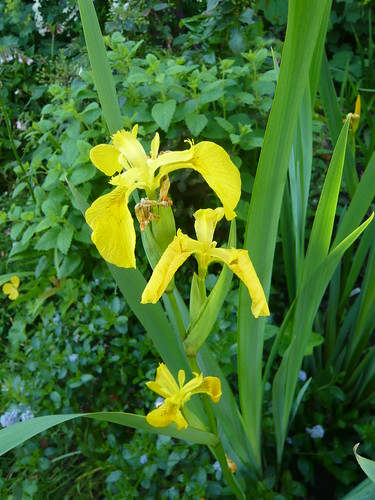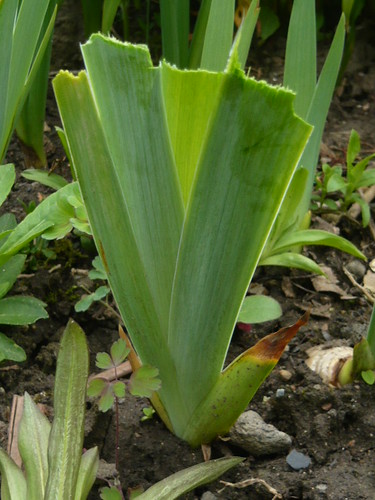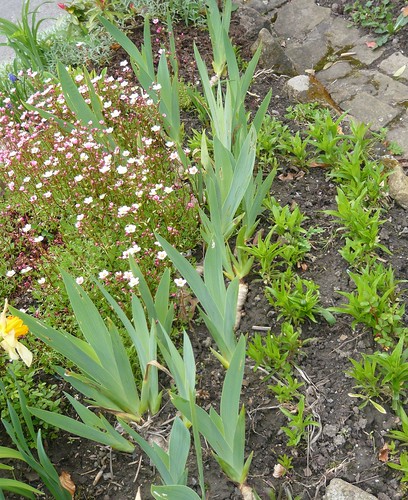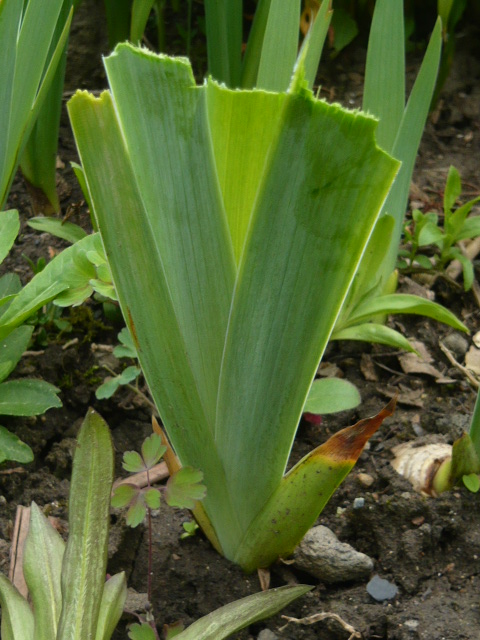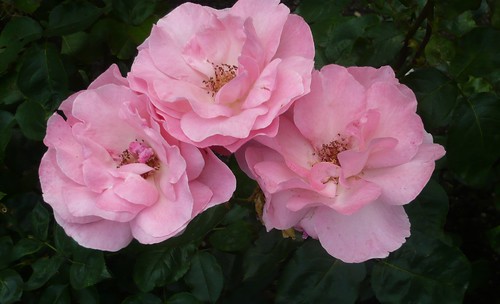
What is a Patio Rose if it isn’t a rose grown on a patio?
Patio roses grow bigger and bushier than miniatures and are about 14 -24 inch high, yet they are perfectly formed. H.T. Bush and Floribunda roses grow bigger but Patio roses are easy and decorative.
Patio Roses are easy for growing in small spaces and can be useful in many other garden locations. They can be grown in containers and pots or just planted near your front door.
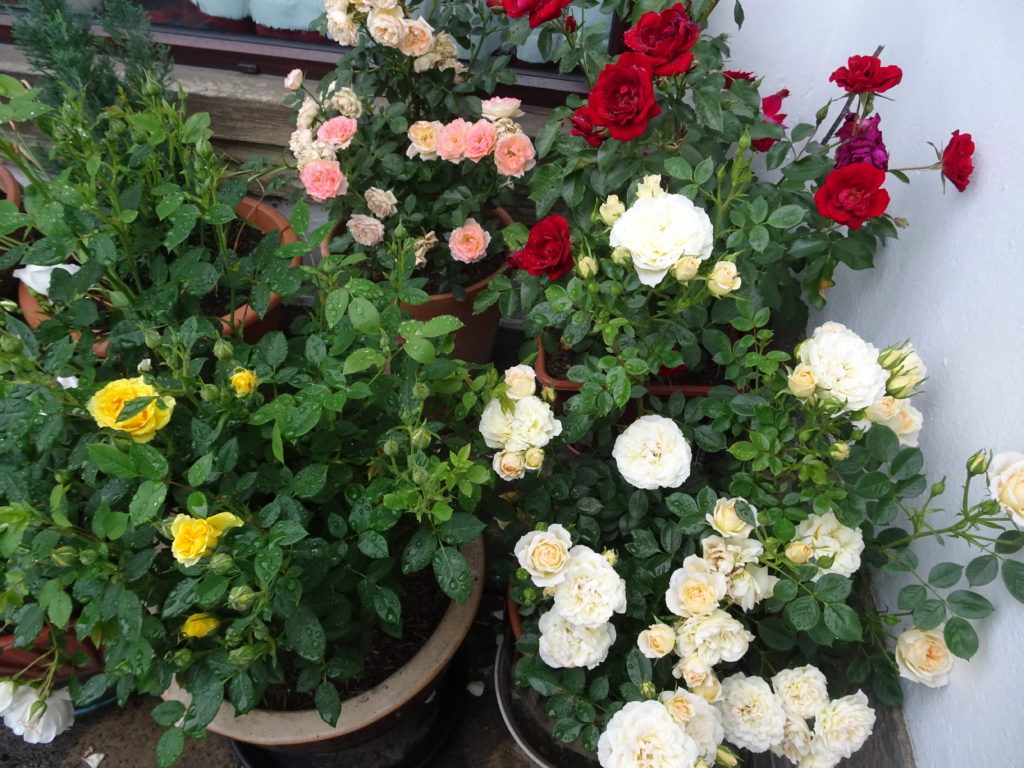
Easy Places to Grow Patio Roses
Edging plants in front of other plants or in a narrow border on their own.
Some varieties make an attractive small hedge.
They all look well planted in groups 3-5-7 of each variety.
They are not house plants and are as hardy as larger roses.
Patio Roses are great for tubs and containers but remember to feed, water and mulch them.
Combined with summer bedding plants they will flower all summer long.
 Growing Tips For Patio Roses
Growing Tips For Patio Roses
Minimum pruning in late February or March will help keep them tidy.
Plant in full sun for the best show.
They are of course totally hardy and being perennials will appear year after year.
Roses are outdoor plants and do not survive in the house.
More information from Amazon in ‘Growing Miniature and Patio Roses’ by Dawn and Barry Eagle £6.99
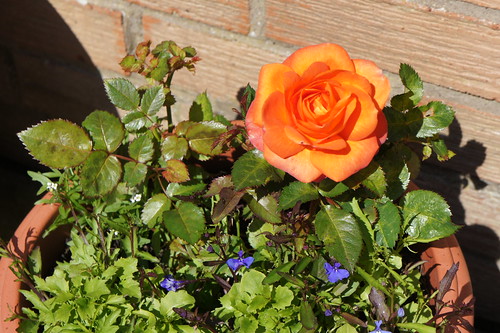
Top Ten Repeat flowering Patio Roses
Some special varieties providing a great display of colour and scent include:
- Loving Wishes A free flowering rose with good disease resistance and scented, scarlet-red blooms
- Golden Wishes The flowers are golden yellow with a slight fragrance and 14″ tall
- Flower Power produces peach-salmon blooms with a spicy scent
- Golden Anniversary Large fragrant golden rounded flowers with yellow centres from summer to autumn. Upright bush habit.
- Red or Yellow Sunblaze,
- Sweet Dreams, or Sweet Magic,
- Charmant,
- Flirt,
- Diamond Wishes
- One of the smaller varieties is not surprisingly called Peter Pan.
There seems to be a named patio rose for most birthday and anniversary event if you shop around – that is modern marketing for you.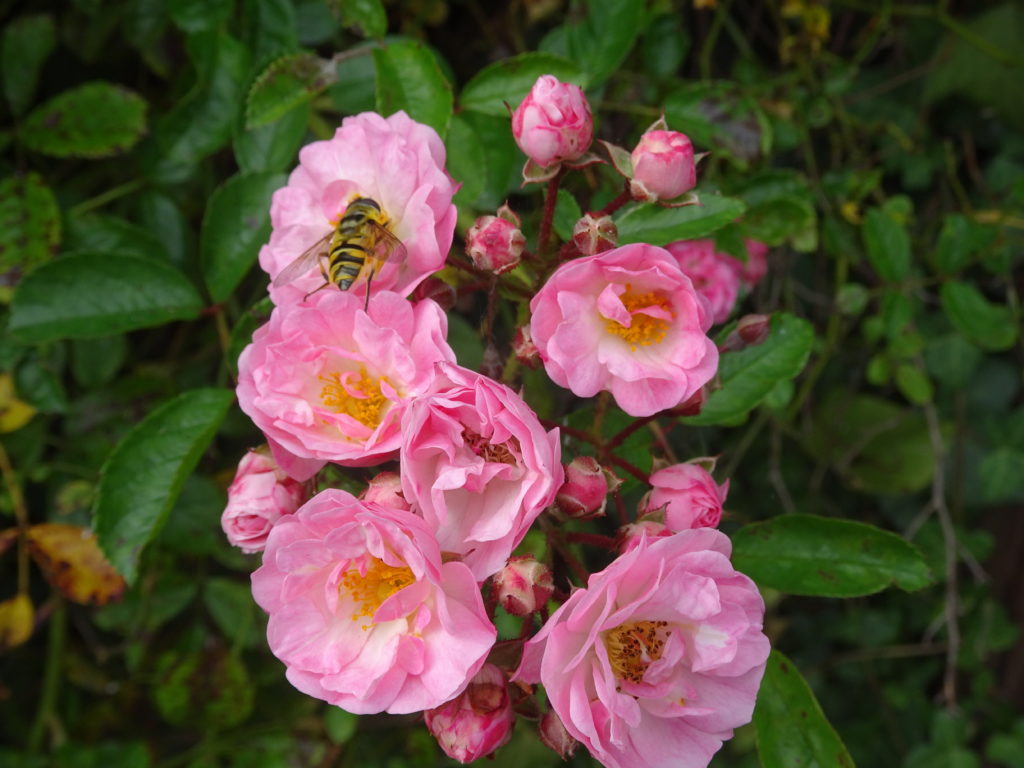
June is a wonderful time to appreciate the variety of easy care patio roses that are now available.

Third Year of outstanding Flowering
Facts about Patio Rose
- Small and miniature versions of the traditional floribunda type of rose are being bred of the smaller gardens, window boxes, patios or decking areas.
- ‘Peter Beales’ rose grower offers patio climbers, ramblers and a variety of shrub roses for patios
- Patio roses can thrive in pots, containers or direct in the ground
- The smaller cousins ‘miniature roses’ grow to a height of between 12 and 18 inches.
- Patio plants grow up to 30″ tall are generally hardy and repeat well.
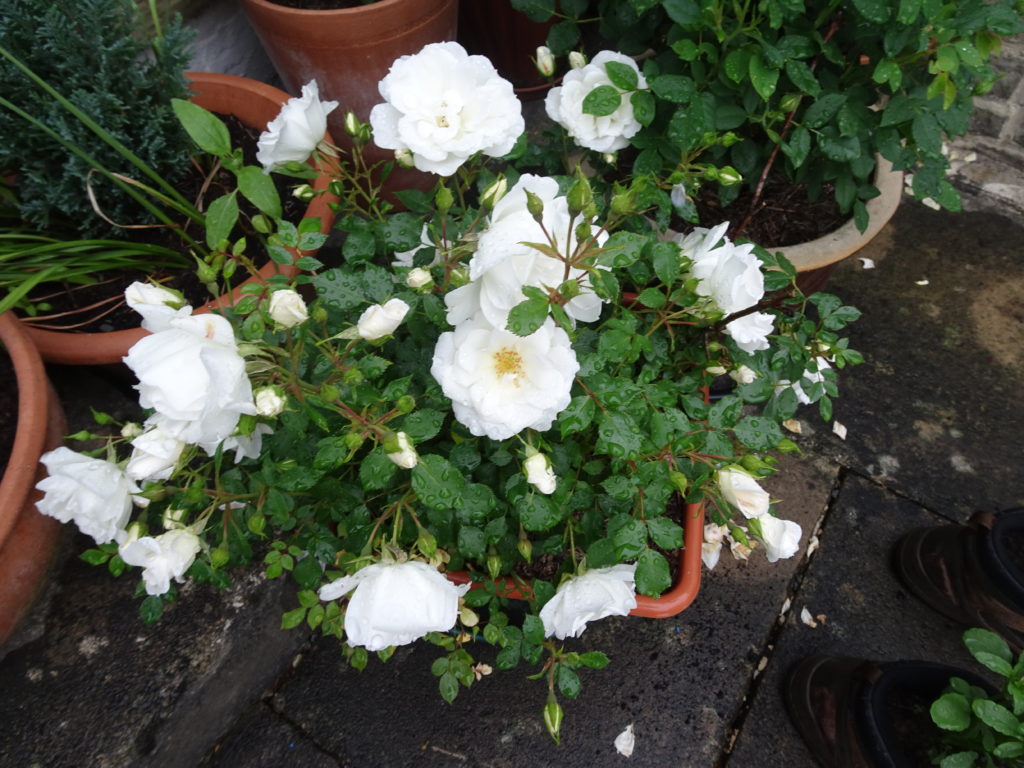
Yorkshire Princess Patio Rose
Care Tips for Patio Roses
- I have been fortunate but there have been no greenfly or bug infestations of any note. I would be ready with a garlic spray or proprietary insecticide if needs must.
- Only one out of a dozen plants has suffered from black spot and as you can see the pots are close together so I must be lucky.
- I gave my plants a mini prune in early spring after a winter prune to keep the plants short and prevent wind damage
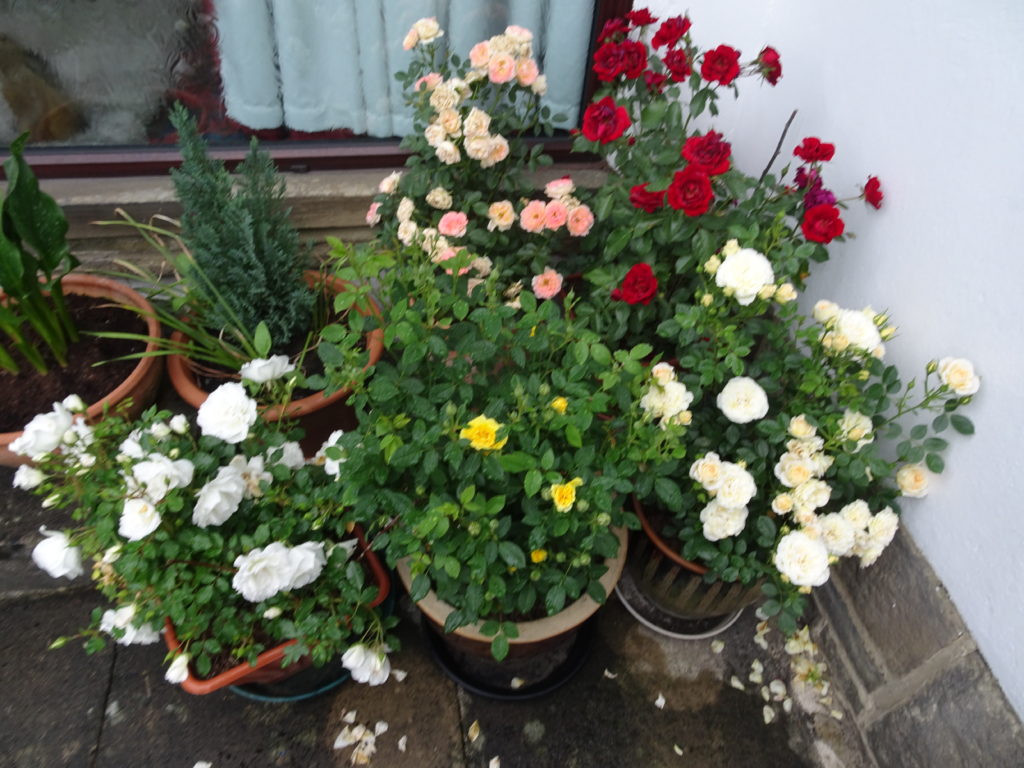
On My Patio with Room for More
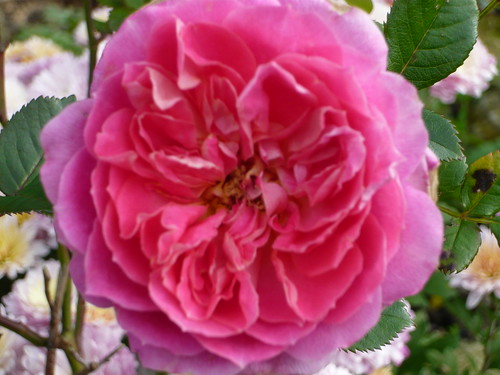
See also Top Ten Old Roses
Credits
Patio rose by Charles D P Miller CC BY 2.0
Patio Rose – Birthday Wishes by jovike CC BY-NC 2.0
Rose in our patio in Berwick upon Tweed by Karen V Bryan CC BY-ND 2.0


